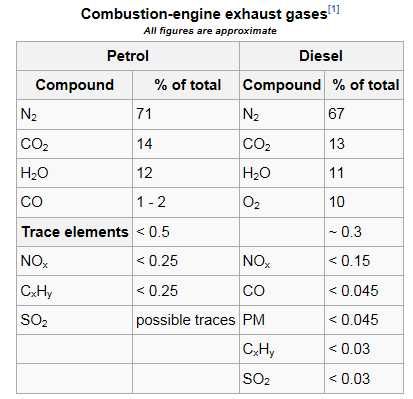`Piping in exhaust gases would work fine to purge the system initially but you probably wouldnt want an engine running throughout the whole process. Exhaust fumes contain a lot of water vapour which would mix with the fuel in the condensers.
A neater way to achieve the same result is to add a small amount of water to the waste plastic. This will boil long before cracking begins and evacuate any air in the reactor.
What Beyond Biodiesel proposes is to purge the whole system continuously with an inert gas.
While this is a good idea in a continuous feed system or any system where oxygen can enter, I dont feel that it is necessary in a closed batch system, however I could be wrong and it never hurts to be too careful.
The upper vessel in Jetijs's reactor , and in mine, is both a catalyst column and a reflux column. These two could be separated and this idea is explored earlier in this topic many pages back.
A neater way to achieve the same result is to add a small amount of water to the waste plastic. This will boil long before cracking begins and evacuate any air in the reactor.
What Beyond Biodiesel proposes is to purge the whole system continuously with an inert gas.
While this is a good idea in a continuous feed system or any system where oxygen can enter, I dont feel that it is necessary in a closed batch system, however I could be wrong and it never hurts to be too careful.
The upper vessel in Jetijs's reactor , and in mine, is both a catalyst column and a reflux column. These two could be separated and this idea is explored earlier in this topic many pages back.


 .
.

Comment